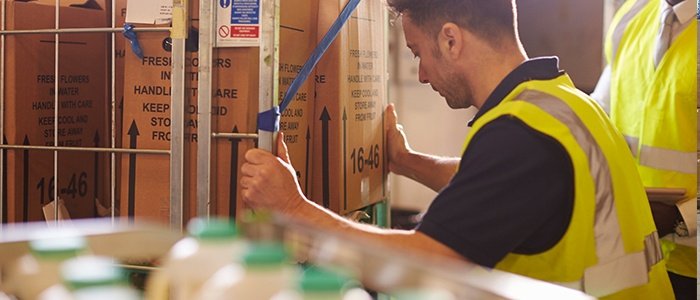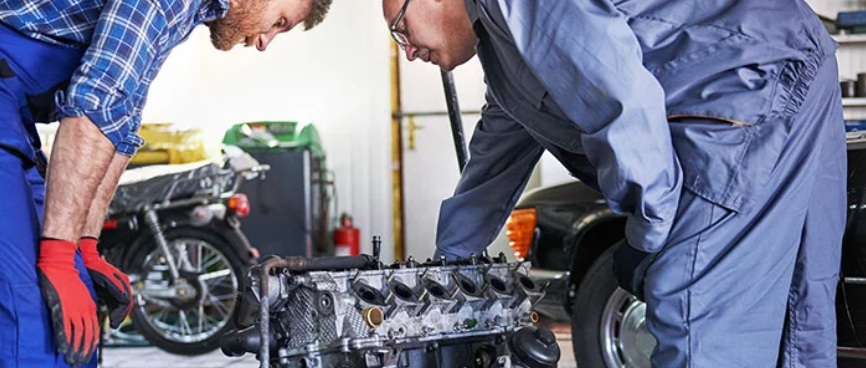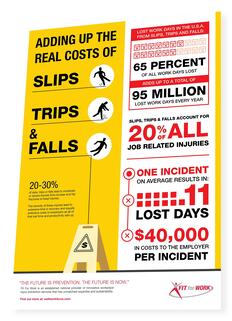As I walk through various manufacturing plants, I am fascinated by the new processes to make materials that are stronger yet lighter in weight than in previous years, or see robots performing tasks human operators dreaded performing…and then I see the manual material handling equipment… After seeing cutting-edge/innovative technology and processes, I am amazed at how little attention seems to be given to manual material handling equipment. I notice hand trucks with missing paint and squeaky, wobbly wheels with pieces of rubber missing, push carts made out of scrap metal that are substantially over-engineered for what they are being utilized for with no regard given to the type and number of casters on it, and I see an old chain hoist being operated by a worker who has to lift his feet off the ground and utilize his body weight to apply enough force to lift an object. I ask myself the question…Why does this occur? The answers I have found can easily be tied to money, but that is not usually the case. The usual answer is, “This is the way we’ve always done it.” Those are surprising words to hear in the same innovative environments responsible for the cutting-edge technology and processes mentioned above, but it continues to occur… So what do we do about this?
- First, we treat manual material handling equipment like we treat the other processes we deem mission-critical for our business to succeed. We look for tools/equipment that will make the work of the human operator easier, safer, and more efficient without placing increased physical demands on the worker.
- Next, we justify upgrading these tools/equipment by speaking the language of the business. Injury prevention is great and there are statistics that can help to make the business case for the tools/equipment, but the best case to be made for upgrading manual material handling equipment is by justifying cost as a function of time, as well as optimizing the entire system.
Saving several seconds or a few minutes per day with each new material handling equipment (note the word “manual” has been removed) may seem trivial when justifying the expenses associated with capital expenditures, but think of the entire picture.
- First, since the physical demands of the human operators have been reduced by eliminating the “manual” from the old tools/equipment, the workers are less fatigued, which means they are able to work more efficiently/effectively and will be likely to commit less errors, which has a direct impact on improved quality and re-work minimization.
- Second, the several seconds or few minutes saved by each piece of material handling equipment multiplied by 10, 20, 30, 40+ people translates into the equivalent of days/weeks of extra production time each year without incurring any increases in labor/personnel costs. In this instance, time truly is money…money saved by maximizing time, which was initially a function of cost.





